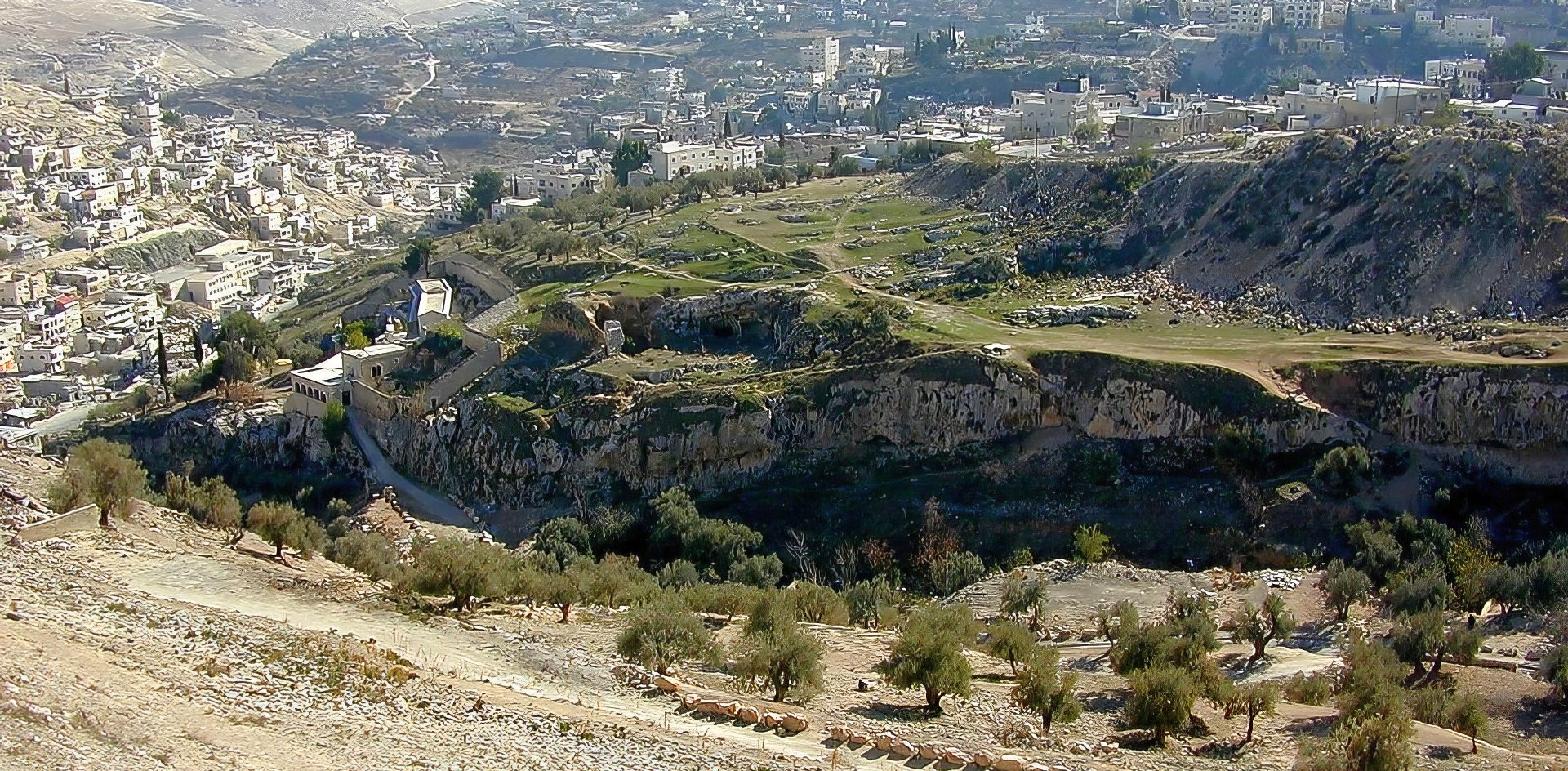What is…
Gehenna
also known as: Ben-hinnom, Ge bene Hinnom, Gey Ben-Hinnom, Ge Ben-Hinnom, Gehinnom, Valley of Hinnom (Hinnon), Valley of the Rebab (وادي الربابة), Wadi er Rababi, Ancient Greek: Γέεννα, Hebrew: גֵי־הִנֹּם, Name on 1631 French mape: Valée des enfans d'Ennon
Originally called Ge bene Hinnom; i.e., “the valley of the sons of Hinnom”), this place is a deep, narrow glen to the south of Jerusalem, where the idolatrous Jews offered their children in sacrifice to Molech (2 Chronicles 28:3; 33:6; Jeremiah 7:31; 19:2-6)
This valley is first mentioned in the Bible in Joshua 15:8, in connection with the Jebusites and the Valley of Rephaim.
This valley surrounds Jerusalem in the west and southwest, close to the Old City of Jerusalem and Mount Zion. It merges with the Kidron Valley near the Pool of Siloam.
In ancient times, the Gehenna valley became the common receptacle for all the refuse of the city of Jerusalem. Here the dead bodies of animals and of criminals, and all kinds of filth, were cast and consumed by a perpetually burning fire. Over time, it thus became the image of the place of everlasting destruction.
In this sense it is used by our Lord in Matthew 5:22, 29, 30; 10:28; 18:9; 23:15, 33; Mark 9:43, 45, 47; Luke 12:5.
In these passages, and also in James 3:6, the word is uniformly translated as “hell,” the Revised King James Version placing “Gehenna” in the margin.
More information
- Hinnom
- Moloch
- Baal
- About idolatry and false gods in the Bible
- About idols in the Bible
- About HELL in the Bible
- Will there literally be a burning fire in Hell? Answer
- Why was Hell made? Answer
- Valleys of the Bible
